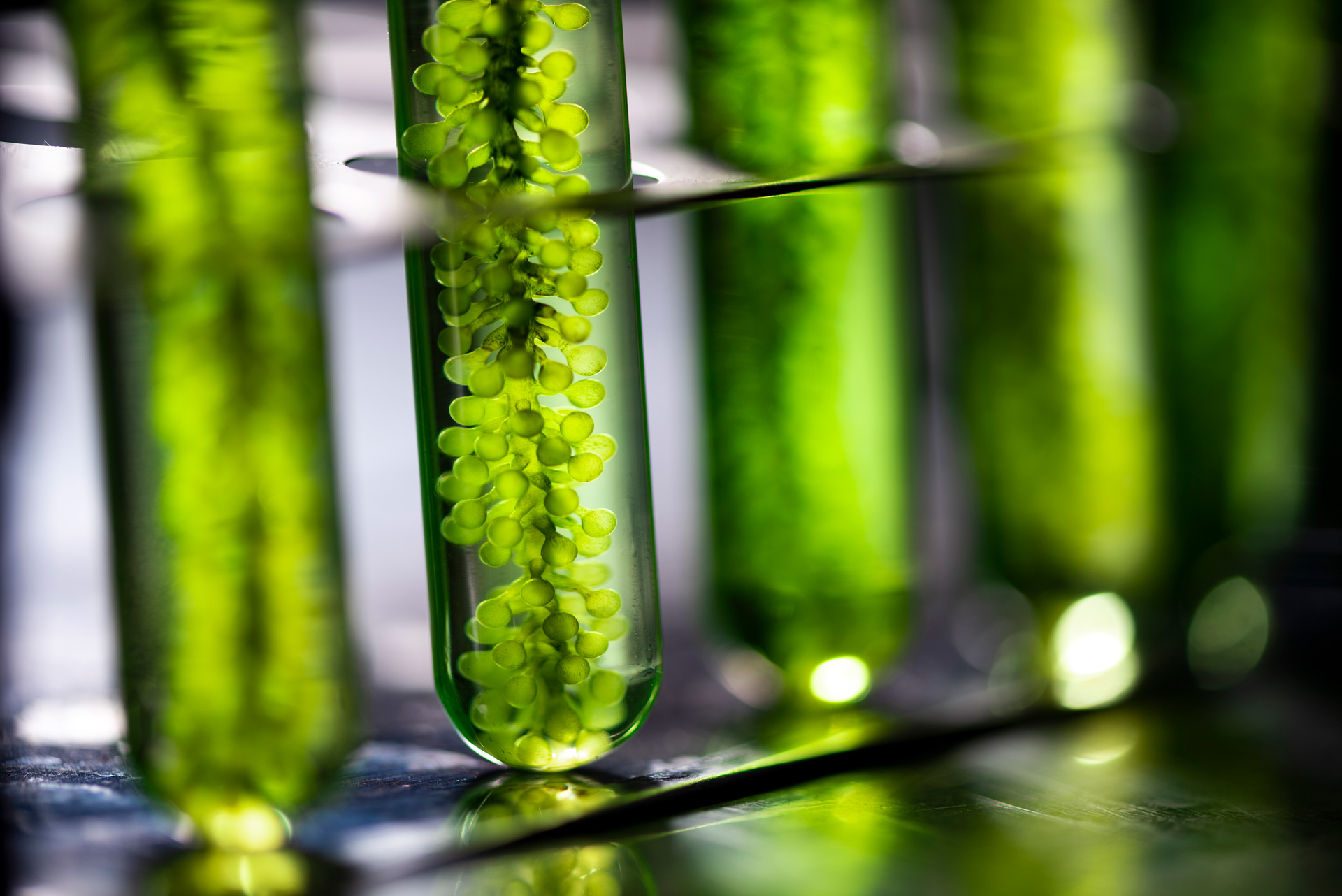I have a mechanical engineering background and received my Masters degree in Mechanical Engineering Design from Deakin University (Australia) in 2020.
Prior to joining RMIT University as a PhD student, I worked as a design engineer in design & manufacturing areas across Victoria (Australia). During this time, I was associated with product development & innovation teams responsible for designing & manufacturing compact heat exchanger devices and analysing their thermal properties using different equipment for various industry partners. My interests in working on additive manufacturing technologies was due to its sustainability (lower waste & simpler process train). Currently, I’m working on a research project in association with the Surface Engineering for Advanced Materials Industrial Transformation Training Centre (SEAM ITTC) and industry partner Romar Engineering for surface properties optimisation of hybrid (additive plus subtractive) manufactured parts.

Skills
- Additive manufacturing design & simulation software packages
- Hexagon – Digimat
- Hexagon – MSC Apex Generative Design
- Hexagon – Simufact Additive
- Computer Aided Design (CAD) & Computer Aided Manufacturing (CAM)
- Autodesk – Fusion 360
- SolidWorks
- Autodesk – Inventor Nastran
- Simulia – Abaqus CAE
- Nesting Software – SigmaNest
- Tekla structures for steel fabrication of rafters, bracing, columns, and beams
- Thermophysical properties analysis
- Differential scanning calorimeter (TA Instruments Q200 DSC)
- Laser Flash analyser (LFA)
- Horizontal dilatometer
- Surface properties analysis
- Optical microscopy
- Scanning electron microscopy (JEOL JSM-7200F SEM)
PhD project
Prior work
2021-2022, Design Engineer, GTB Steel Engineering Pty Ltd (Melbourne, Australia)
Roles & responsibilities:
- Preparing Bills of Quantities (BOQs), quotes, and interpreting design plans
- Drafting detailed structural drawings for correct interpretation of design intent
- Preparing conceptual structural drawings as per industrial standards
- Interpreting architectural & engineering drawings to generate 3D models of beam structures using Building Information Modelling (BIM) software
- Ensuring fabrication drawings & revisions are in accordance with general arrangement drawings & checklists
- Management of structural detailing with subcontractor & fabrication team
- Modifying existing drawings to new or updated versions
- Site inspections prior, during, and post projects to ensure compliance with Victorian building codes
- Ensuring compliance and signing off completed tasks
2020-2021, Junior Mechanical Design Engineer, Tucks Industrial Packaging & Seals Pty Ltd (Melbourne, Australia)
Roles & responsivities:
- Designing & detailing of plant processing parts & associated components
- Developing, review, and/or validating engineering drawings of thermal equipment as per ISO 13485:2016, ASME/ANSI B16.5, and the API 6A standards
- Developing test simulation models using software simulation programs (Abaqus CAE & Ansys) and performing nesting operation using SigmaNest
- Testing of gaskets & seals on CNC waterjet, Multi CAM, and laser cutting machines
- Formulating & implementing strategies to improve production operations and reduce costs
- Participating in key decision-making critical to the safety & efficiency of the overall plant
- Constructing, coordinating, and monitoring all facets of production including fabrication, design selection, and operation
- Collaborating with engineers and required personnel to resolve system malfunctions, implement operating protocols, and provide necessary technical information
Further information
References
- M Liu, A Kumar, S Bukkapatnam, M Kuttolamadom (2021). ‘A review of the anomalies in Directed Energy Deposition (DED) processes & potential solutions – Part quality & defects’, Procedia Manufacturing, 53, 507-518, DOI: 10.1016/j.promfg.2021.06.093.
- N Ahmed (2019). ‘Direct metal fabrication in rapid prototyping: A review’, Journal of Manufacturing Processes, 42, 167-191, DOI:10.1016/j.jmapro.2019.05.001.
- K Wei, M Lv, X Zeng, Z Xiao, G Huang, M Liu, J Deng (2019). ‘Effect of laser remelting on deposition quality, residual stress, microstructure, and mechanical property of selective laser melting processed Ti-5Al-2.5Sn alloy’, Materials Characterization,150, 67-77 DOI: 10.1016/j.matchar.2019.02.010.
- A Dass, A Moridi (2019). ‘State of the art in Directed Energy Deposition: from additive manufacturing to materials design’, Coatings, 9, 418 DOI: 10.3390/coatings9070418.
- D Ahn (2021). ‘Directed Energy Deposition (DED) process: state of the art’, International Journal of Precision Engineering and Manufacturing-Green Technology, 8, 703-742, DOI: 10.1007/s40684-020-00302-7.
- DMG MORI Australia (2022). ‘Lasertec 65 DED hybrid - Additive manufacturing machines by DMG MORI, DMG MORI Australia - CNC machine tools for all cutting-machining applications’, https://au.dmgmori.com/products/machines/additive-manufacturing/powder-nozzle/lasertec-65-ded-hybrid, accessed 12th October 2022.
Discover more
Centres and collaborations
Our researchers connect, create and share expertise and resources in our Research Centres and collaborations.
Research
Together with our partners and donors, we develop and apply knowledge to shape a better world.
Research partnerships
RMIT’s researchers are committed to supporting our partners to create and capture value through tailored approaches for small business through to research programs in consortiums.





